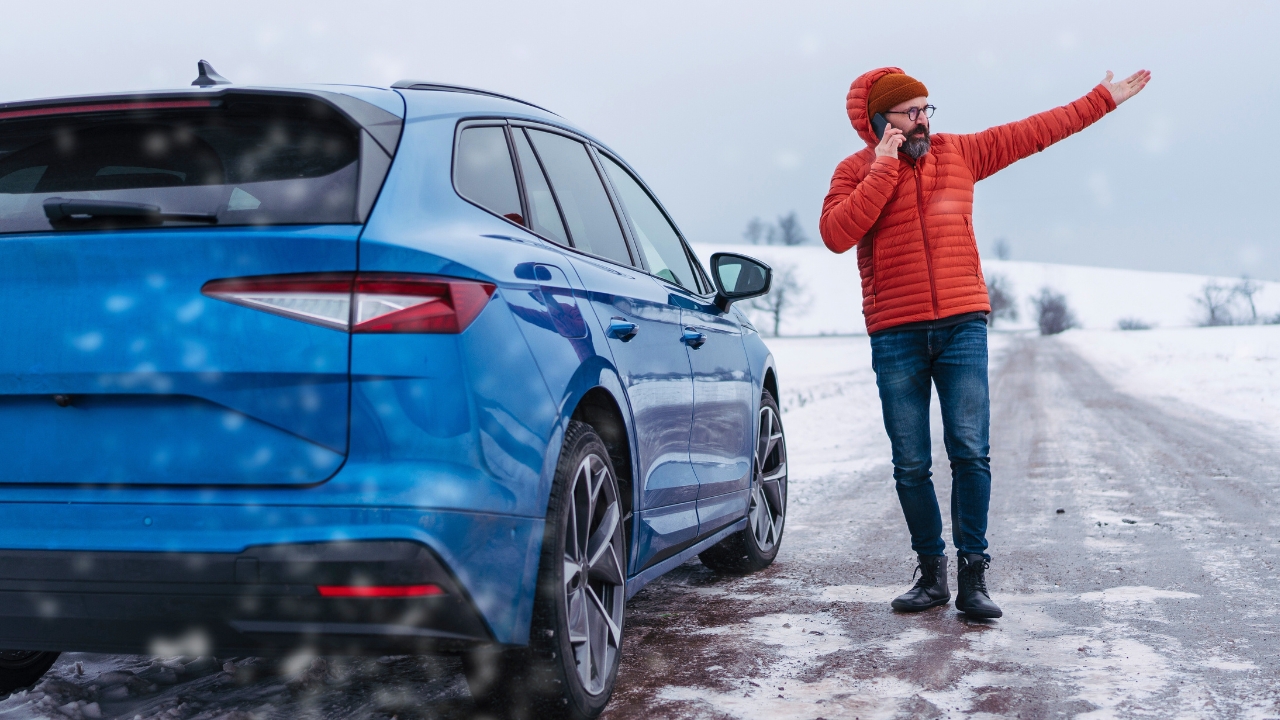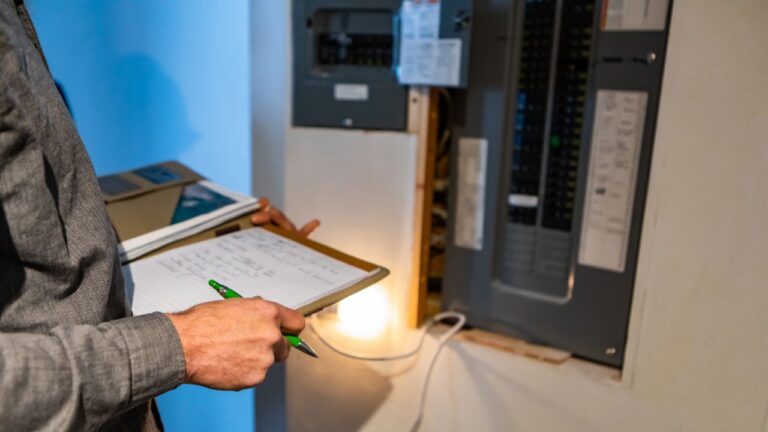8 Upgrades That Fail as Soon as Temps Hit Freezing
Some upgrades sound great on paper—until winter hits and they turn into headaches. Cold weather exposes weak materials, cheap wiring, and poor design faster than anything else. What looks sharp in the fall can suddenly freeze, crack, or stop working once the temperature drops.
If you’ve been burned by “all-weather” claims before, you know the frustration. Before you throw money at another “upgrade,” here’s what tends to fail first when the mercury dips below freezing.
Cheap LED Light Strips
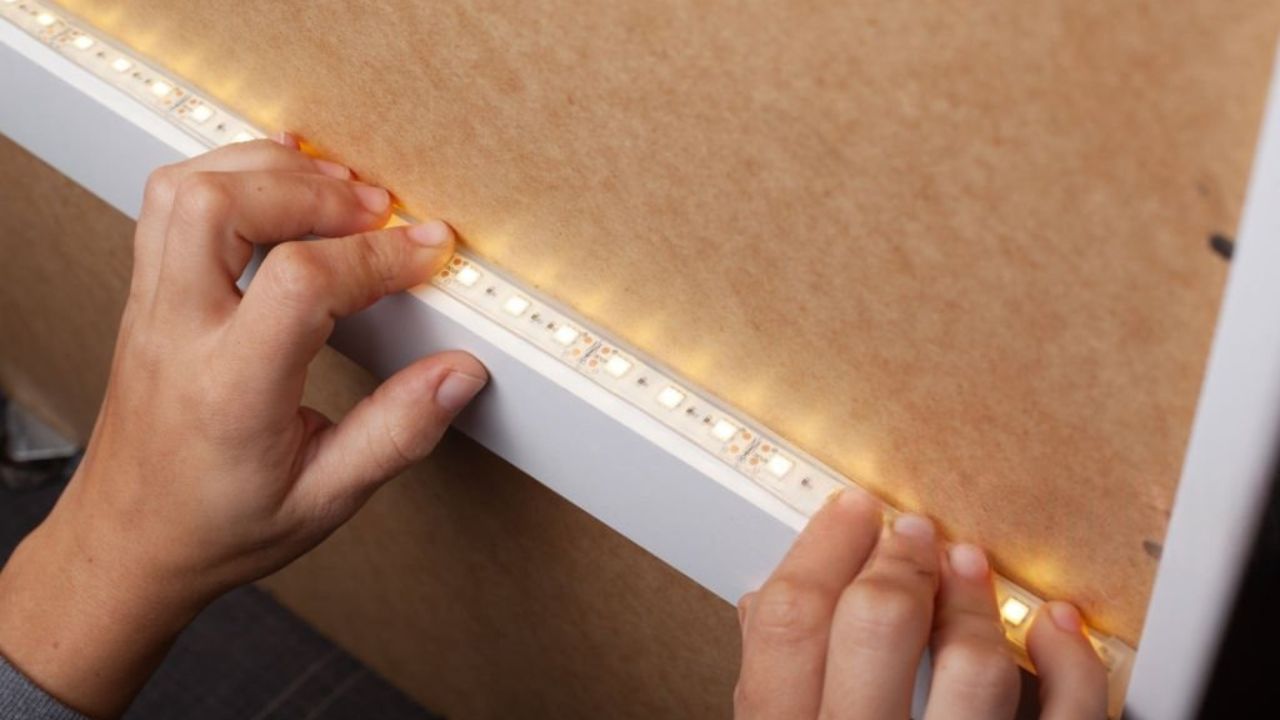
Those adhesive light strips you find online might brighten your garage or truck bed in summer, but once freezing temps hit, the glue fails fast. The adhesive hardens, loses grip, and peels off clean.
Even if the lights stay up, the cheap wiring can become brittle and crack. If you want outdoor lighting that lasts, choose weather-rated strips designed for sub-zero temperatures.
Aftermarket Backup Cameras
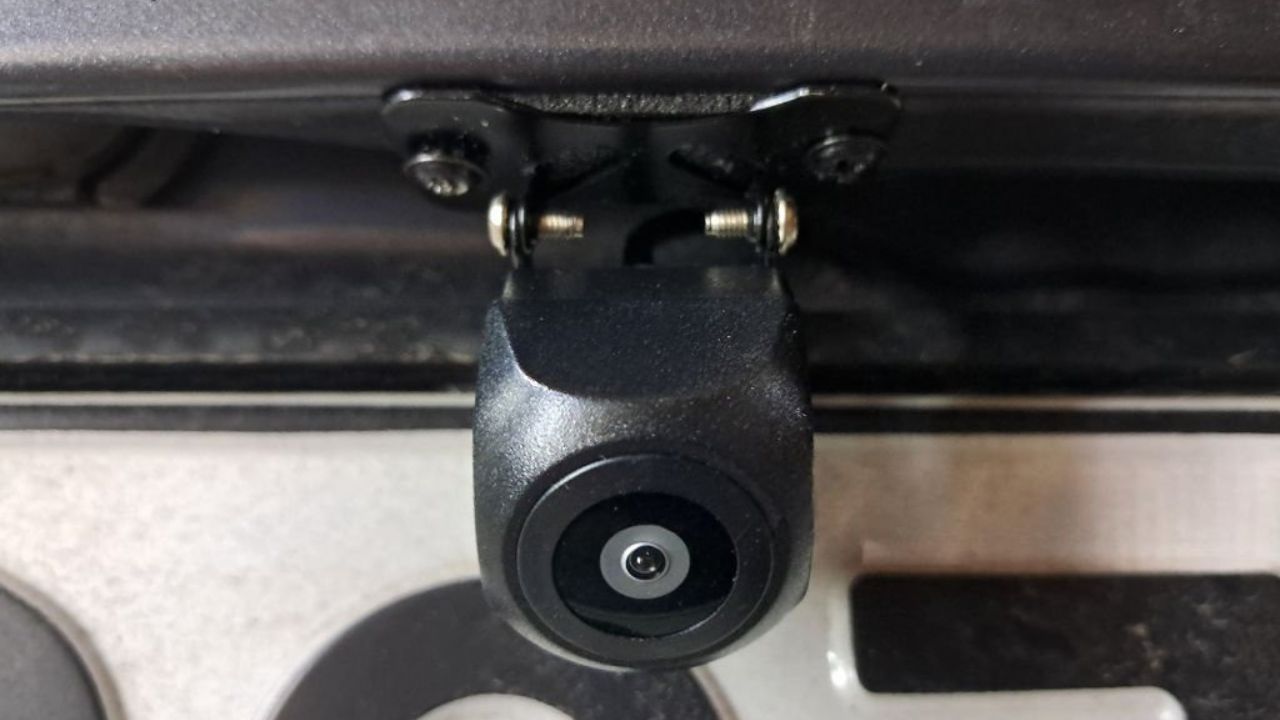
Many budget backup cameras fog up, freeze, or stop transmitting altogether once cold air settles in. The lenses aren’t sealed well enough to handle moisture or condensation.
When temps drop, the screen may flicker or go black until the car warms up. A factory-installed system or a high-quality waterproof unit is far more reliable in real winter conditions.
Stick-On Window Tint
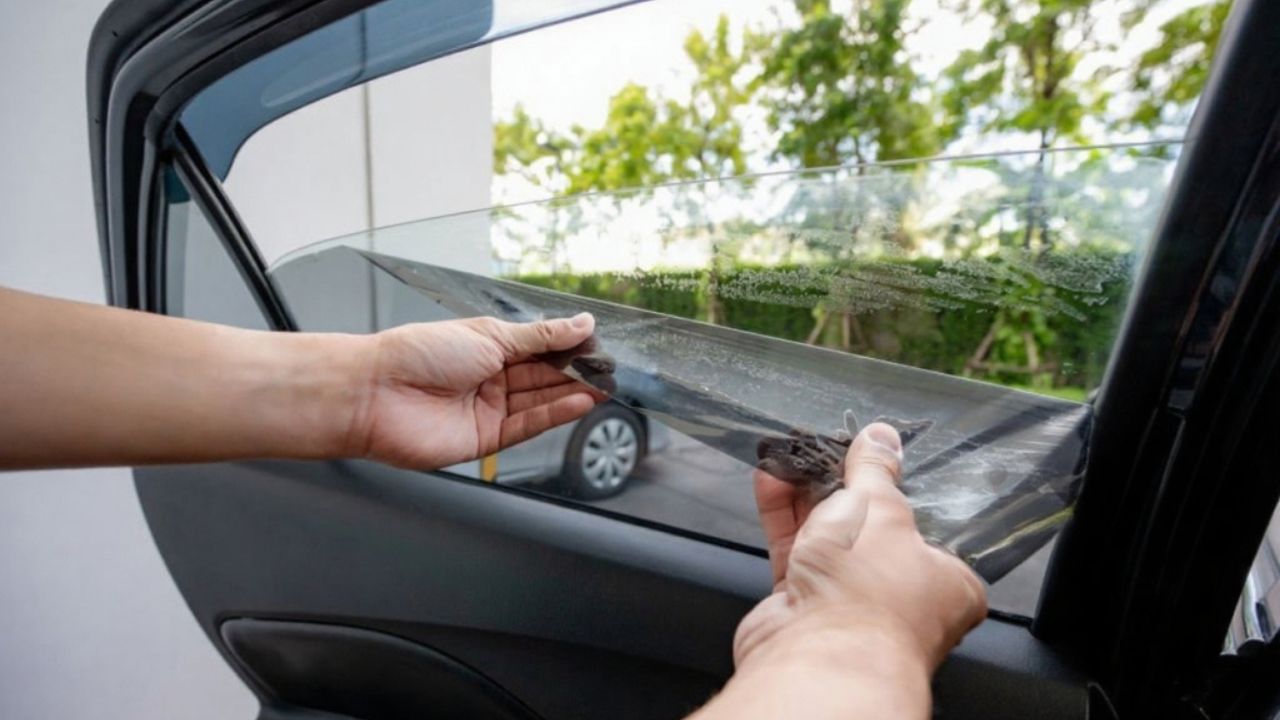
DIY tint film that’s applied with water-based adhesive can bubble, peel, or even crack when the glass gets icy cold. Once that happens, it’s impossible to fix cleanly.
Professional tinting uses better materials and heat sealing that can withstand temperature changes. The cheaper kits might look fine at first, but freezing weather quickly exposes their flaws.
Low-Grade Wiper Blades
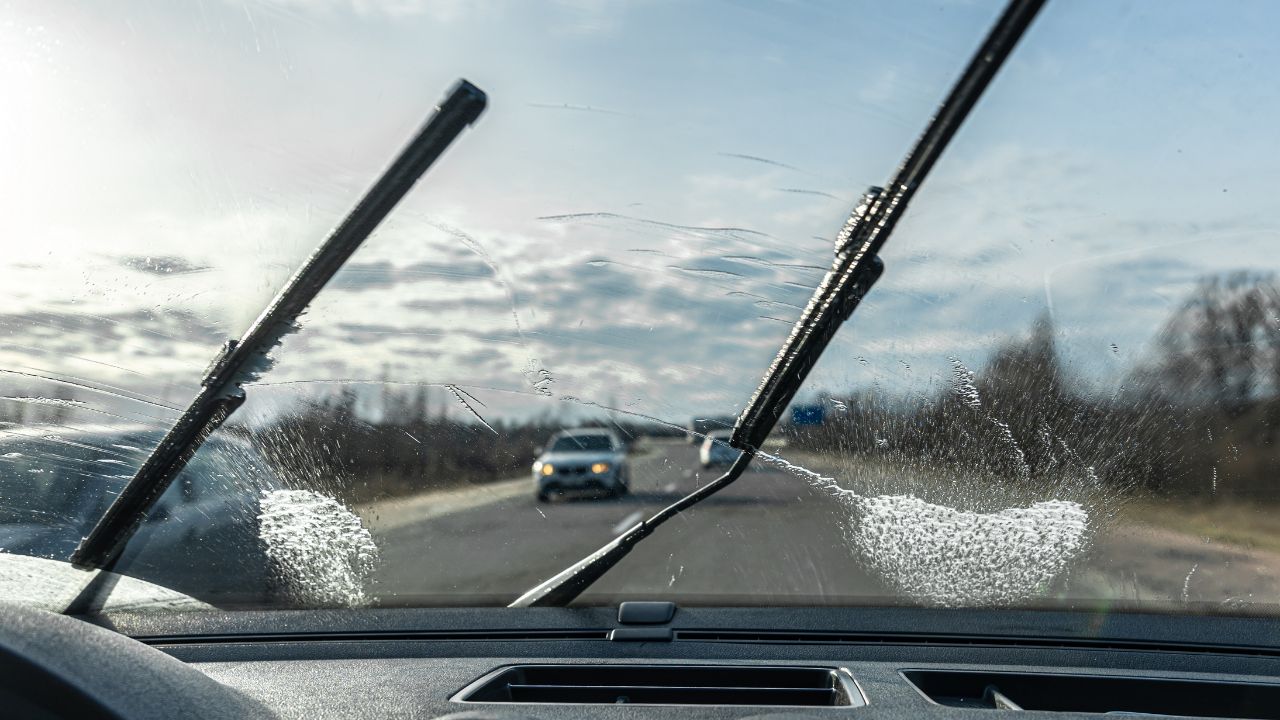
Those bargain wipers that work fine in summer quickly stiffen and split in freezing weather. Once the rubber hardens, they leave streaks or freeze to the windshield entirely.
Winter-rated blades use treated rubber and reinforced frames that stay flexible in cold temperatures. Spending a few extra dollars there saves you from scraping ice by hand.
Vinyl Wraps and Stickers
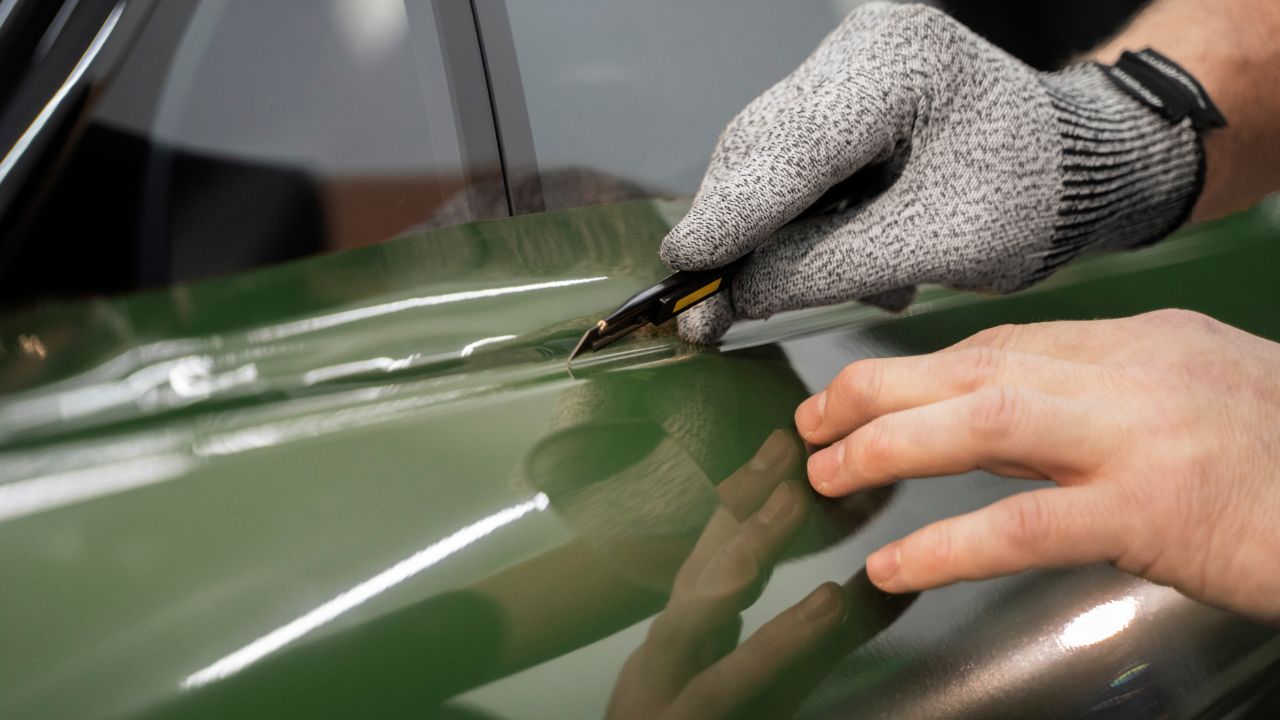
Low-cost wraps or decals can’t handle cold weather expansion and contraction. They start peeling at the corners or crack right through the design.
High-end vinyl is made with flexible polymers that resist temperature shifts. If you want a design that survives winter, avoid budget materials and quick installs.
Cheap Floor Mats
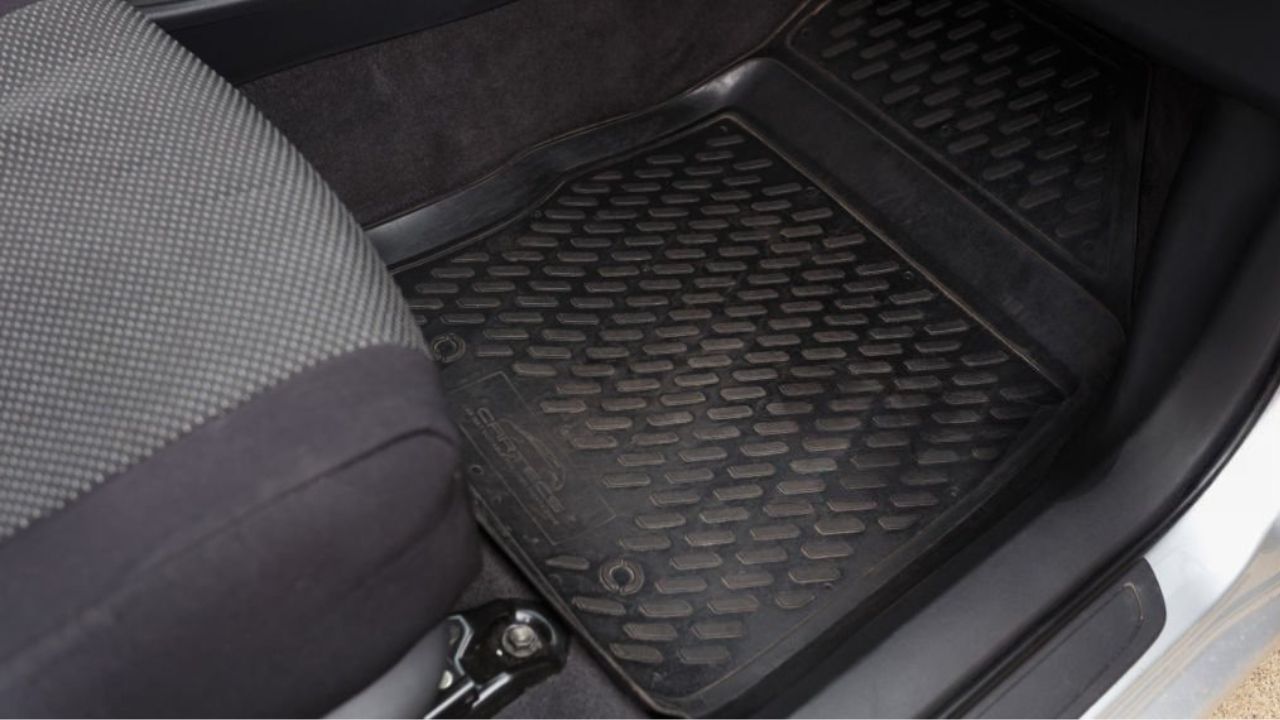
Thin rubber mats or carpeted inserts stiffen and curl in cold air, making them slippery and useless when you need them most.
Winter-rated mats stay pliable in freezing temperatures and trap melting snow without cracking. The better ones fit snugly and actually protect your floorboards instead of sliding around.
Plastic Roof Boxes and Carriers
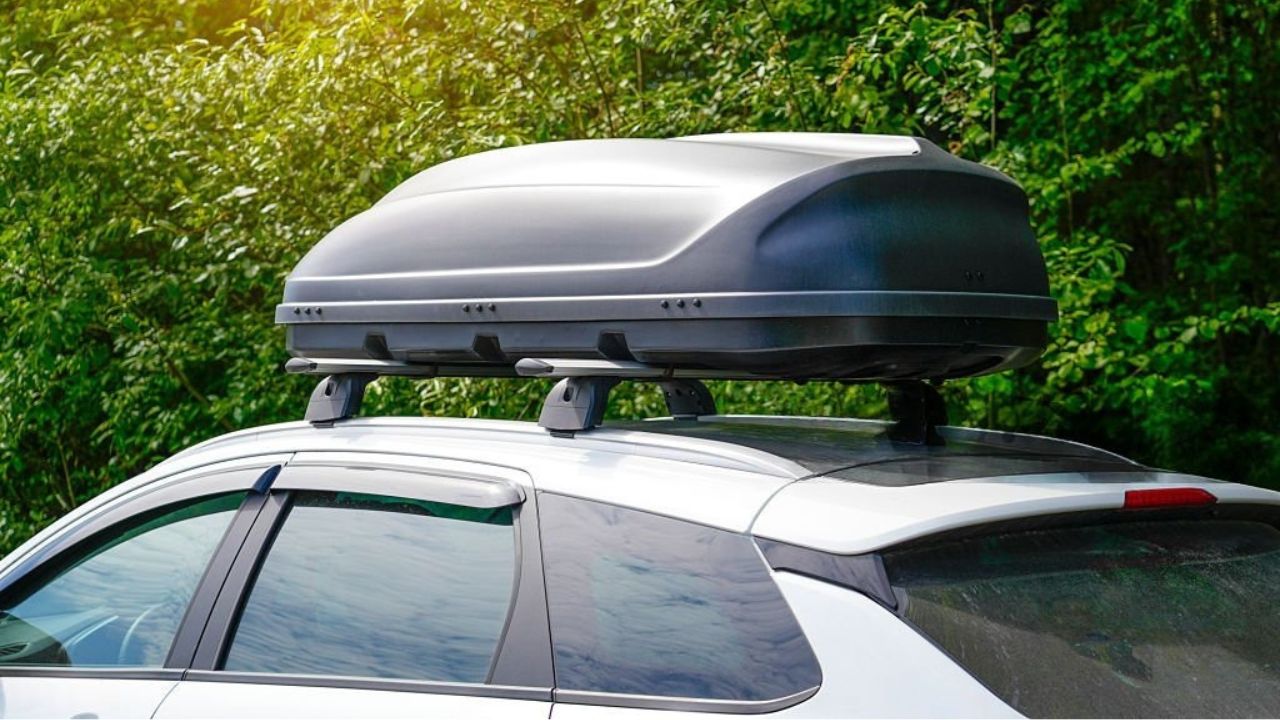
Budget rooftop boxes can warp, crack, or refuse to latch once temperatures drop below freezing. The plastic becomes brittle, and the hinges seize up.
If you travel in winter, invest in a higher-end carrier made from durable ABS plastic or reinforced composites. It’ll stay functional even in sub-zero weather.
Inflatable Mattress Toppers or Seats
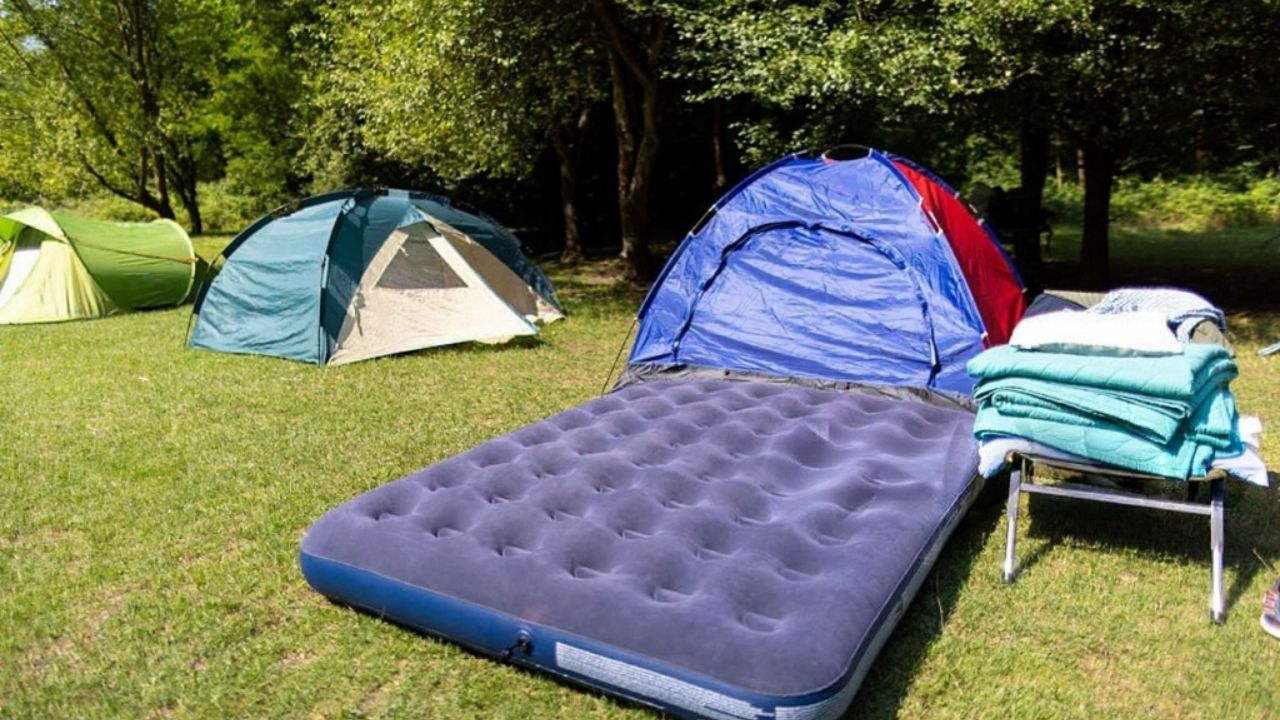
Cold air makes inflatable products lose pressure faster. If you’ve used one for camping or as a backseat rest, you know how quickly it turns flat overnight.
The valves and seams contract in freezing temps, leading to leaks. Foam padding or insulated cushions hold up much better once the frost sets in.
*This article was developed with AI-powered tools and has been carefully reviewed by our editors.

